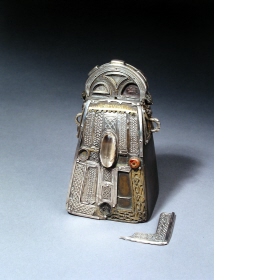
Bell of St. Mura, Fahan, Wallace Collection London
The ancient monasteries of Inishowen owned bells which were used in holy ritual and at times of prayer in the monasteries. Some date back to the tenth century. The Bell of St Mura remained in Fahan parish until after the Great Famine when it was sold to a John McClelland of Dungannon. He exhibited it in the Great Exhibition of 1852 in Belfast. It is made of bronze and is encased in a highly-decorated shrine. The bell was auctioned in 1855 and the Freeman’s Journal described it as “a small antique bronze object”. Sir William Wallace presented the bell to the Wallace Collection in London, with a stipulation in his will that it was not to be removed for any purpose. The centre of the bell shrine is decorated with a large crystal. Various kinds of ornamentation have been added to the bell over the centuries. It has also travelled through the hands of a number of well-known bell collectors. (Note – the Iniskeel Bell was loaned to Donegal a couple of years ago and was displayed in Letterkenny).
The Bell of St Boden is retained in the parish of Bocan (Culdaff). It was originally held by the Duffy family of Glack, Culdaff. At the Inquisition in Lifford in 1609, the Duffys were described as the lay heads of the monastery. It is one of the few ancient monastic bells in the world that remain in the original parish. It is made of bronze and was exhibited in 1852 in Belfast. It has a circular hole which was made when the bell was originally cast and is unornamented. The hole was never closed. Like most of the bells, cures were associated with the Bell of St Boden and it was reputed to have a cure for ailments in cattle.
The Donagh Bell was presented to the Royal Irish Academy, Dublin. The Keeper of the Bell was a person of status and was in possession of a “gort” or piece of land. (gort – field). In 1609 at the Inquisition in Lifford, reference was made to the owner of the land and he was described as the custodian of the bell. It was sold by a pawnbroker in Carndonagh to John Connellan Deane. The original owner was Philip McColgan, who died about 1867. The bell has a distinctive appearance with two finger holes. Searches are underway to locate the whereabouts of the bell.
Seán Beattie.

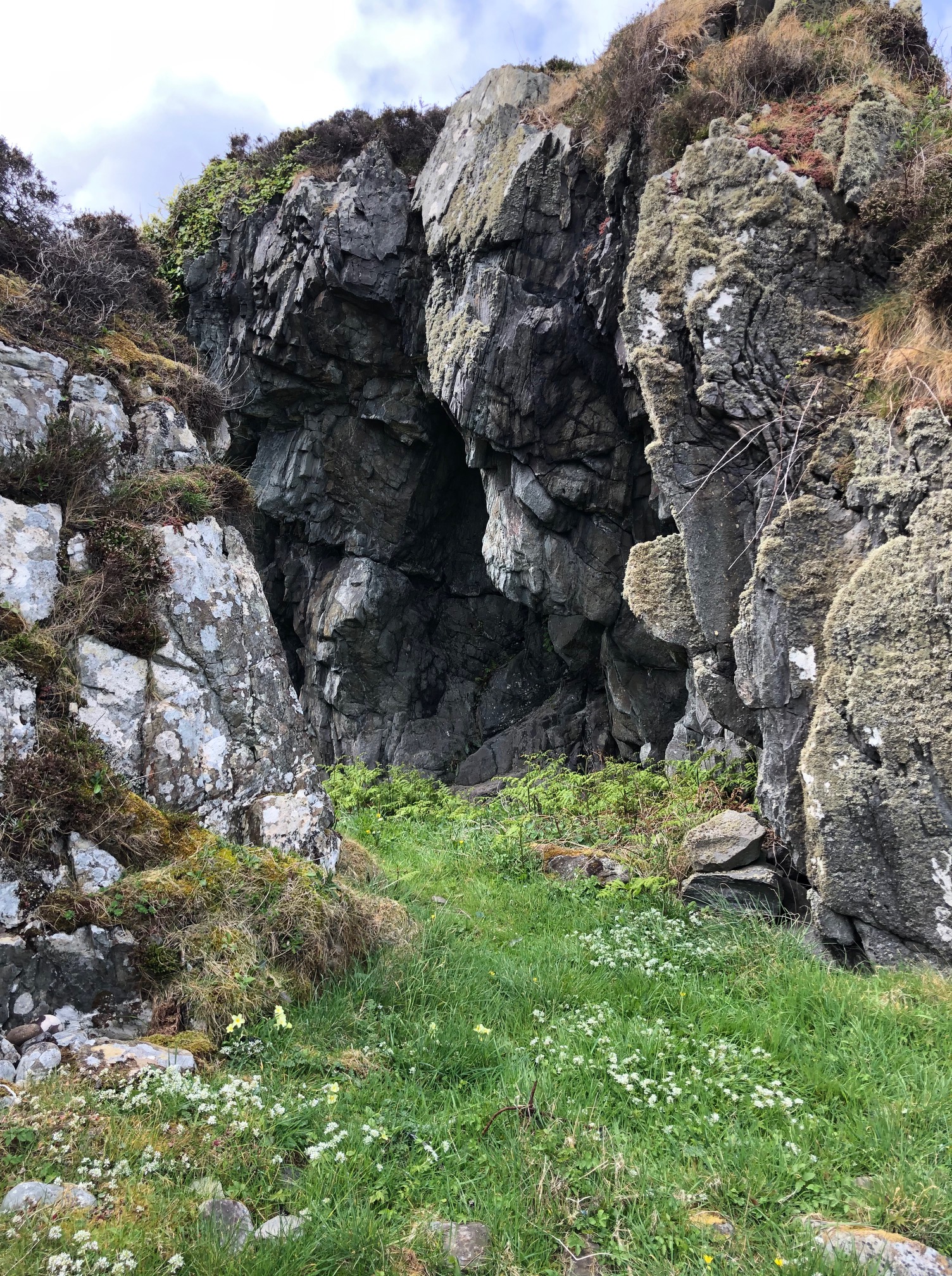
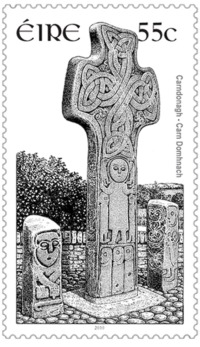
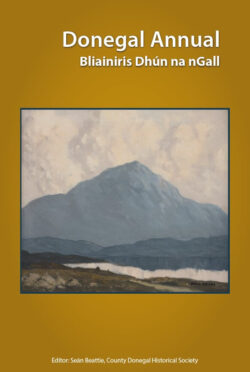
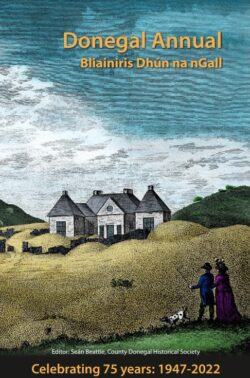
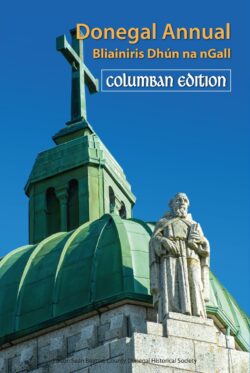
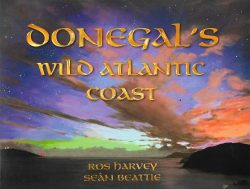

Leave a Reply